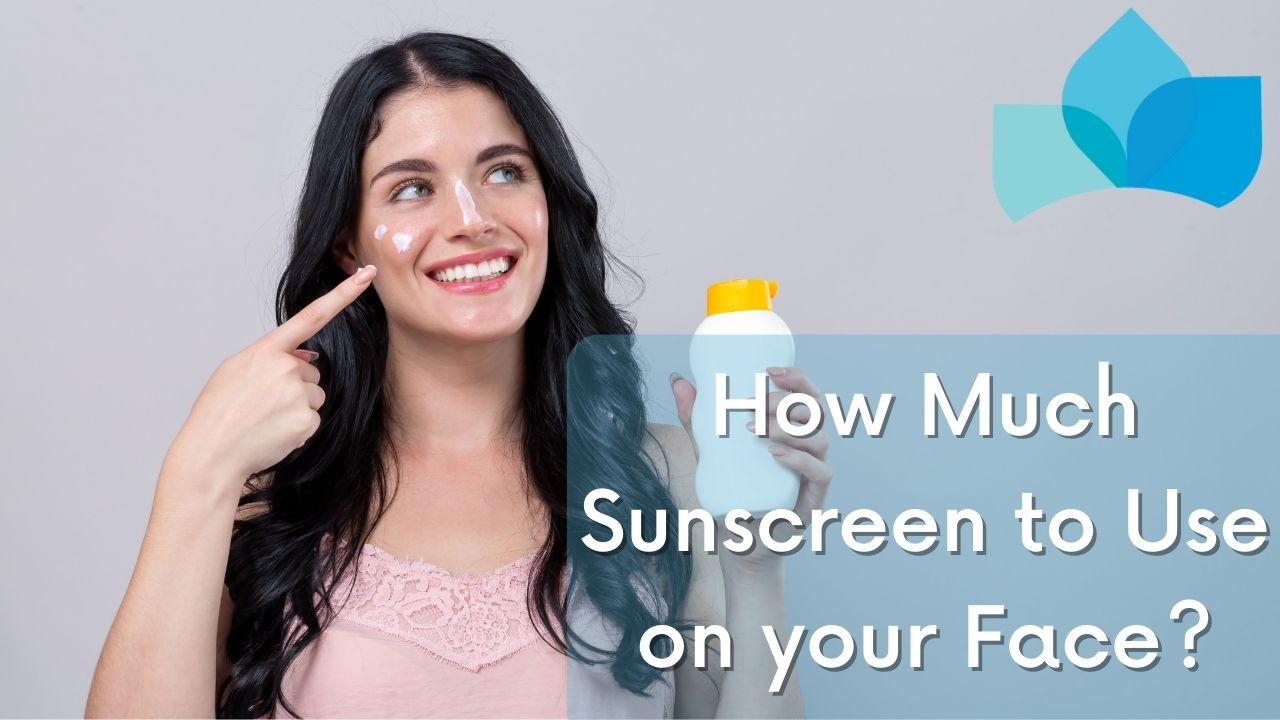
Sunscreen | How Much Sunscreen to Use on Face
The short answer in how much sunscreen is needed to protect your skin from a sunburn is about half an ounce for your face. This is about 1/3 of a teaspoon of sunscreen or the size of a nickel if you are a visual person. Be sure to cover you neck, behind the ears, temple, and hairline as well. These are all prime spots that dermatologists see precancerous, cancerous, and signs of aging.
You may wonder if there is a possibility of too much sunscreen on the face. There are no studies that tell us how much is too much when deciding on the amount of sunscreen needed to protect the delicate skin of the face.
No need to over-apply sunscreen
This doesn’t mean you should just apply it too liberally without any thought in hopes you are giving yourself the best protection. You will want to pay attention to skin sensitivities, the duration of time you’ll be in the sun and how high the number of the SPF is in your sunscreen product. Also, if you are not wanting to waste your quality sunscreen you will want to use exactly the amount needed to protect your skin.
Sunscreen products are labelled with an SPF value. This is a reference to the value of how much UV radiation it takes to burn your protected skin as compared to how much is needed to burn your unprotected skin. Understandably the higher the SPF number the higher the protection. When we talk about SPF and protecting the skin we are referring to the UVB rays. These are the ones that emit radiation which causes sunburns, ages the skin through damage and can contribute to cancer.
SPF Formula for your skin
There is a formula when it comes to SPF values that you can use to factor how long your skin can stay protected in the sun. If your skin burns after 10 minutes in the sun with no protection and you apply an SPF 15 you can stay in the sun up to an additional 150 minutes approximately before you start to burn. The factor to multiply by is 15 to get the total amount of minutes you can enjoy in the sunshine while still being protected from harmful UV rays.
Many experts agree that using at least an SPF of 15 combined with the right amount of product as well as reapplying every two hours is the best way to protect your skin.
What is the best SPF level to use
As a leading dermatology clinic, Edmonton Dermatology and its dermatologists are asked frequently what level of SPF is the best in protecting the skin. Many clients wonder if they need the highest number they can find which is usually SPF 60. They are not sure if it’s any more effective than a sunscreen with a lower SPF count or if it blocks too much sun leaving the skin deprived of vitamin D. Most dermatologists recommend an SPF 30. SPF is technically sufficient, but SPF 30 will give you some wiggle room if you didn’t apply enough product or you forget to reapply after 2 hours.
Which sunscreen should you buy?
The rule of which sunscreen to buy is to find one that is at least SPF 30, is broad spectrum (this means it is blocking UVA and UVB) and if you are a heavy sweater or you are going to be in the water, find a water-resistant variety. If you choose a spray be sure to spray evenly and until you see a shine on your skin. Lastly pick a sunscreen you like the texture, feel and smell of. This is the one you will be sure to use regularly.
At Edmonton Dermatology we pride ourselves on education. Not only do we continuously learn and grow in our profession, but we educate our clients with the same rigour. So, when we get frequently asked questions we are happy to take the time to explain further and in detail to all. One such question is about UV rays and what the difference is between A and B. First of all, when you buy a sunscreen you are buying something that addresses protection from the UVB rays.
UV Rays are helpful in small doses
This doesn’t mean you don’t need protection from UVA as well. UVA also called Ultraviolet A has a long wavelength and is the ray that tans the skin as it penetrates past the surface of the skin. This is the ray that causes the skin aging. It does not have anything to do with sunburning or cancer causing. UVB also known as Ultraviolet B is the burning ray. It has shorter wavelength than A and it is responsible for the sunburning and ultimately cancer.
UV rays are still helpful to your health but in limited amounts. The radiation that comes from the rays is essential in that it is the catalyst for your body’s production of Vitamin D. The body cannot produce this vitamin without UV rays. You can take it as a vitamin supplement, but sunshine is good for a natural fix. Vitamin D is extremely important for the body’s health. Most people are Vitamin D deprived.
Sunlight is a great source of Vitamin D
You can get some from the UV rays, but you will need to supplement as well to keep your body in good supply. The interesting thing about Vitamin D is that it stores up in the body’s adipose tissue (or fat) and is used as needed. It is best to speak to an expert on what your dosage should be, so you don’t take too much.
You may ask what does Vitamin D do? Our diets give us minerals such as calcium and phosphorus and Vitamin D plays a crucial role in increasing the absorption of them. Our skeletal system relies on this absorption as well as our immune system and red blood cell production. So, as you can see, you want to protect your skin from harmful rays, but you don’t want to block the production of Vitamin D entirely. This is where Sunscreen can be very helpful in allowing both processes to coexist.
Contact Us For More!


